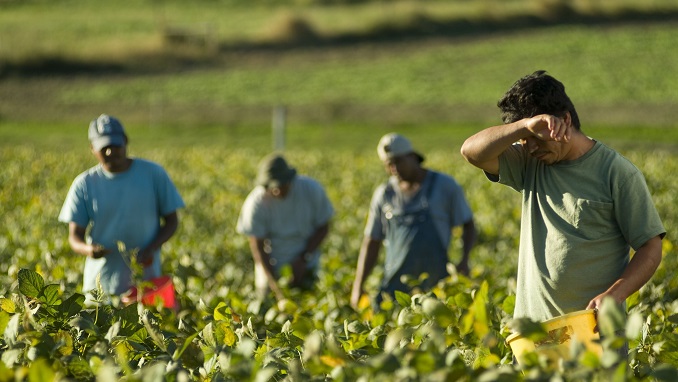According to the September 2022 food security assessment, 18% of Tajikistani families were classified as food insecure, ReliefWeb cites the report for Tajikistan Quarterly Household Food Security.
The share of households experiencing food insecurity has marginally decreased, by 3 percentage points, compared to the assessment conducted during the previous quarter in May 2022.
When compared to May 2022, there were no appreciable differences in the coping mechanisms used by households due to a shortage of access to food in September 2022. In September 2022, more households than in August 2021 reported using livelihood-eroding coping mechanisms to obtain food, such as lowering the cost of healthcare and education and using savings to purchase food.
Income of the households in Tajikistan
Despite being 8 percentage points lower than the figures from May 2022, 27 percent of households reported a loss in income from the same period the previous year in September 2022.
24 percent of the households who reported a decrease in income said it would significantly affect their capacity to buy food.
Issues facing the households
The share of families reporting concerns about their overall well-being increased by 7 percentage points compared to the August 2021 evaluation, even though there was little change from May 2022. The price increase of food was the main topic of worry.
Cost of food in Tajikistan
In comparison to the previous quarter, prices of important commodities, such as wheat flour and edible oils, have stabilized between July and September 2022.
As a result, the price of the household food basket dropped from 1,720 Somoni to 1,670 Somoni each month.
Buyer’s Ability
An examination of the purchasing power of skilled and unskilled daily wage workers revealed that whereas unskilled workers could only afford one food basket per month for their households, skilled workers earned slightly more than what is required.



